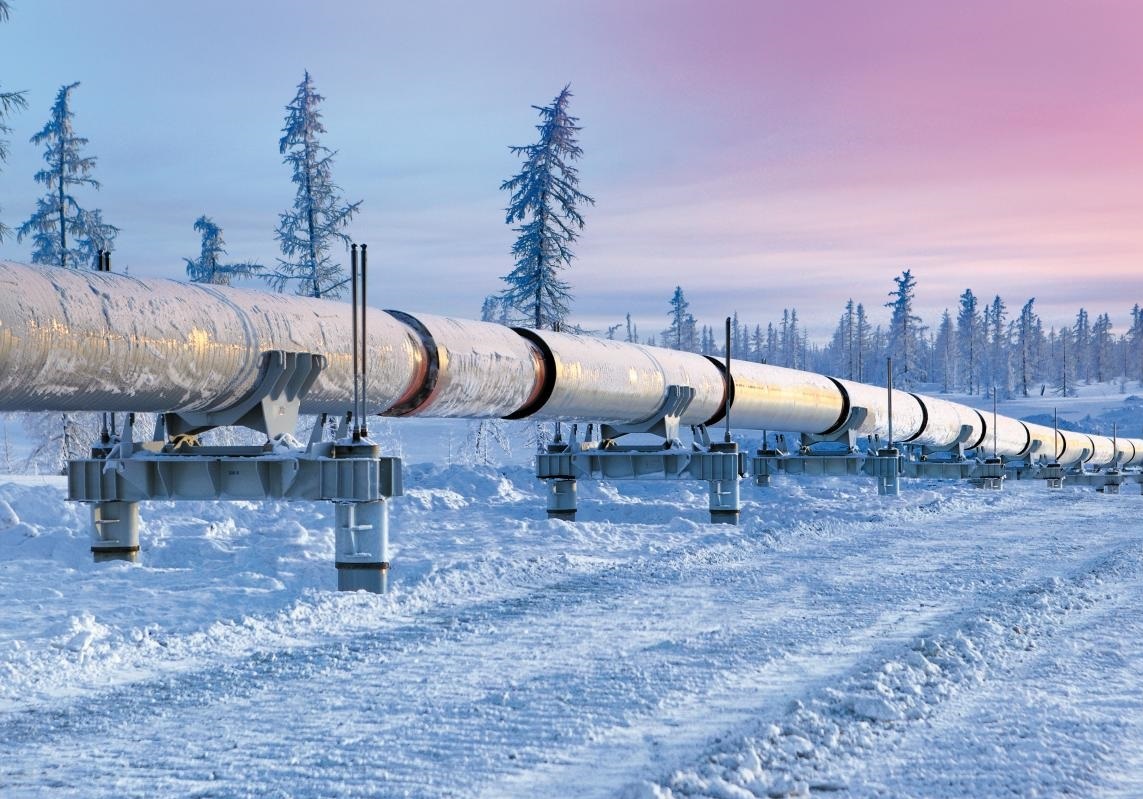Russian Production Increase Limited by Export Constraints: Traders
MOSCOW (Reuters) — Russia’s ability to quickly lift oil production following the collapse of a global agreement to cut is restrained by bottlenecks in exporting capacity, market sources said and Reuters calculations showed on Tuesday.
The Organization of the Petroleum Exporting Countries (OPEC) and other large oil producers led by Russia failed last week to agree on further joint action to curb production after the current deal expires at the end of March.
Russian oil industry players, notably its largest producer Rosneft (ROSN.MM), have long complained that the restrictions were causing Russia to lose market share, primarily to the United States, which is not part of the cuts deal.
Russian Energy Minister Alexander Novak has said all production restrictions related to the deal will be lifted from April 1, pitting Russia and Saudi Arabia against each other in a fight for market share.
Saudi Arabia earlier announced plans to raise crude supply to 12.3 million barrels per day (bpd) in April.
Novak reiterated on Tuesday that Russia has the ability to lift oil production by 200,000-300,000 bpd, and potentially as much as 500,000 bpd, from around 11.3 million bpd currently.
But shipping that oil outside Russia may be complicated by bottlenecks in export infrastructure. Russian refineries hit peak season for maintenance in April and May, meaning more crude will need to be exported instead of being refined domestically.
Russia has also still not struck a delivery agreement for this year with Belarus, which usually buys 1.5 million tonnes of Russian oil a month. Russia will ship around a third of that to Belarus in March, but the rest will need to be routed elsewhere.
“There is not much space in the pipelines for an output rise due to refinery maintenance and Belarus,” a source at a major Russian oil company said.
“Also, increasing output doesn’t make sense given low oil prices, especially for (expensive) offshore projects.”
Novak said it would take months for oil prices to recover after they fell to a four-year low following the collapse of the OPEC+ deal last week.
Russia’s major oil producers and the energy ministry declined to comment on potential bottlenecks.
Preliminary plans suggest that Russian idle primary oil refining capacity is set to rise to 10.9% and 12.7% - this year’s peak - of total capacity in April and May.
Also, supplies via the Druzhba pipeline to Europe and to China are scheduled according to term agreements, which are unlikely to be adjusted quickly.
“Spring is the worst time for Russia to increase output. Seasonal maintenance on domestic refineries leads to higher exports anyway, so if we add an output rise here, there is not enough export capacity,” a source with a trading firm working in Russia said.
Novak also said on Tuesday that Russia has not ruled out further joint action with OPEC to stabilize the oil market, a stance later repeated by the Kremlin.
Related News
Related News

- Keystone Oil Pipeline Resumes Operations After Temporary Shutdown
- Freeport LNG Plant Runs Near Zero Consumption for Fifth Day
- Biden Administration Buys Oil for Emergency Reserve Above Target Price
- Mexico Seizes Air Liquide's Hydrogen Plant at Pemex Refinery
- Enbridge to Invest $500 Million in Pipeline Assets, Including Expansion of 850-Mile Gray Oak Pipeline
- Evacuation Technologies to Reduce Methane Releases During Pigging
- Editor’s Notebook: Nord Stream’s $20 Billion Question
- Enbridge Receives Approval to Begin Service on Louisiana Venice Gas Pipeline Project
- Mexico Seizes Air Liquide's Hydrogen Plant at Pemex Refinery
- Russian LNG Unfazed By U.S. Sanctions





Comments